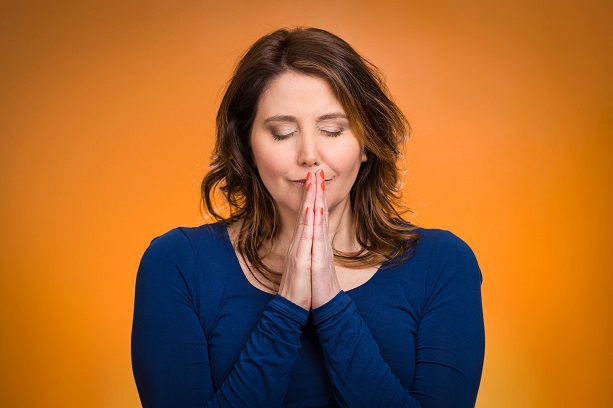
Every religious tradition promotes the power of prayer to heal and many patients and caregivers embrace prayer as a path to hope and healing. Many others are skeptical. You might be surprised to learn that prayer has been studied scientifically and there is significant evidence that it has a positive impact on health.
The Science of Prayer
Decades of research show that cells in a test tube, bacteria, yeast, plants, mice and humans all respond to to the healing power of prayer. It doesn’t matter if the person praying is in the room or at a great distance. Prayer can have an impact whether the person knows he is being prayed for or not. Some studies show that those known to be gifted healers may have a greater impact than the average person. However, even the most inexperienced supplicant can make a difference. Larry Dossey, MD’s book, Healing Words, reviews much of this literature.
When a patient prays for themselves, there are factors that can influence the outcome that are not necessarily of a spiritual nature. For instance, the mere fact that the patient believes that praying will be effective can have a healing result. This is a phenomenon that is known as the placebo effect—the power of belief that something will work creates a positive result. Another factor is that having a belief that there is a protective being or force in the universe that will help you when you ask reduces fear. Fear reduction in and of itself creates physiological changes in the body that promote healing. Also, in prayer thoughts are distracted from worrying about the consequences of an illness to focusing on positive thoughts of healing. Shifting those thoughts promotes relaxation and a more healing physiological state.
When someone else prays for a patient and the patient knows nothing about it but improves anyway, that is another matter. For instance, several randomized, controlled studies of patients hospitalized with severe heart disease found that patients who were prayed for without their knowledge did better than patients who were not prayed for. They had fewer fatalities and fewer complications.
One of my colleagues, the late Jeffrey Cram, a pioneer in the field of biofeedback, did a study of prayer that actually showed a measurable physical effect of prayer at a distance. There were two groups, one in San Francisco and one 150 miles away in the Sierra Nevada mountains. The members of the group in San Francisco were each given two envelopes. One envelope contained a picture of a member of the group in the Sierra Nevadas. The other envelope was empty. They were told that at two specific times during a day they were to randomly open one of the envelopes. If they opened the one with the picture, they were to pray for the person in the picture. If they opened the blank envelope they were to do nothing. They were asked to record which time they prayed. The group in the Sierra Nevada mountains were told only that measurements were going to be taken while they looked at the scenery. Measures of muscle tension in different parts of the body were taken at the same time the envelopes were being opened by the other group. The study found that at the time they were being prayed for the average measure of muscle tension around the heart decreased by 50%. There was no change when they were not being prayed for. This study was buried in an obscure journal because no mainstream journal was willing to publish it.
Find healthcare providers who focus on spirituality
A Dramatic Case of Prayer and Healing Pain
I first read Leo Perras’ story over 25 years ago in a book called Making Miracles by Dr. Paul Roud. I have never forgotten it. This story was widely reported on and verified by the media at the time. It’s the kind of story conventional medicine hates because it defies any rational explanation. It’s the kind of story that gives me hope that anything is possible and it is never too late.
Leo was hit by a truck when he was 18 years old. The accident damaged his back and over a period of years he had several back surgeries, each of which left him worse off. Then a medical procedure left him paralyzed from the chest down. He was often in excruciating pain despite large doses of narcotics. Still, he did his best to carry on, continuing to work whenever he could to support his family. After over 20 years in a wheelchair, his overall health was very poor too. A well known faith healer, Father DiOrio, was going to give a service nearby and Leo’s family, friends and even his doctor wanted him to go. At first, Leo didn’t want any part of it, but he eventually gave in and agreed to go. After praying over Leo for a short time, Father DiOrio told him to stand up and walk. For the first time in over 20 years, Leo was able to do so. He walked out of that church that day and kept on walking. His pain was gone and it never came back. He never took another pain pill and had no withdrawal. His doctor proclaimed that it was medically impossible at the time for him to walk because his muscles were atrophied and his nerves were deteriorated. Eventually, the strength and feeling came back into Leo’s legs. After this experience, for the first time in Leo’s life, he became a religious man.
The mechanism for these seemingly miraculous events is unknown. Some believe that they are due to the intercession of a Supreme Being or God. Others believe we’re are all connected and part of One Mind. Quantum physics can explain these events, according to others. Regardless, it seems that prayer, whether for yourself or by others on your behalf, can have a powerful effect on your ability to heal.
There are naysayers but it's worth a try
There are some who will object to a recommendation to add prayer for healing to a treatment program. They point out that not everyone who prays or is prayed for will recover. They fear that those patients will feel unworthy, guilty or to blame for their failure (e.g. they must not have believed enough in God). No intervention is 100% effective all of the time. Patients have a choice of how they interpret the results. Prayer intervention is free, universally available and has no adverse effects.
If you are in pain or otherwise in need of healing, consider incorporating prayer into your treatment program. Ask friends and family and your religious community, if you have one, to help. You can submit an online request for prayer or call for prayer support at any time to Silent Unity, a group that prays round the clock for anyone who asks, regardless of church affiliation.
Find healthcare providers with a focus on spirituality
To get weekly updates on pain treatment news, sign up for our Managing Pain Naturally Newsletter

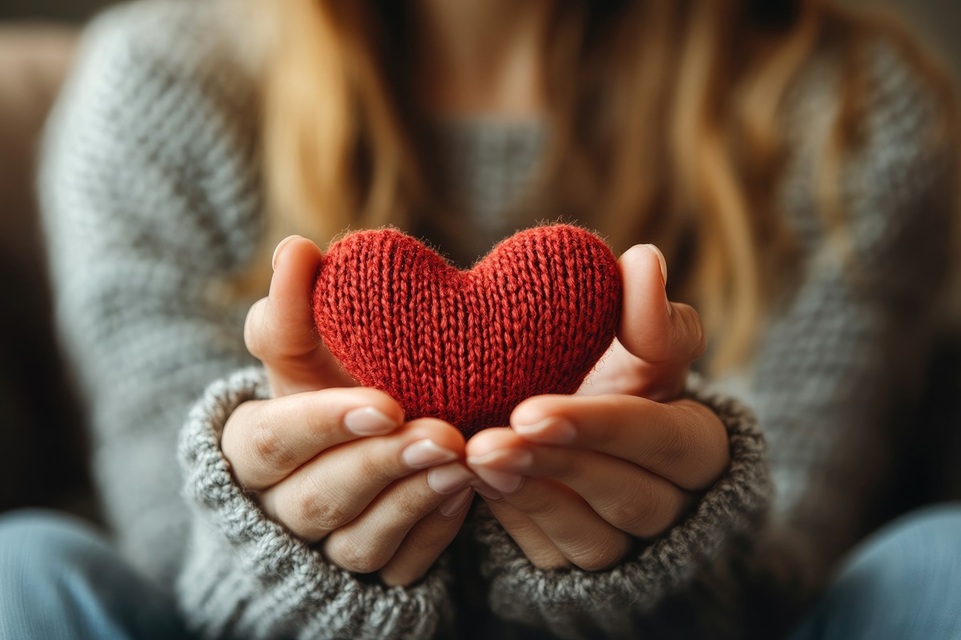
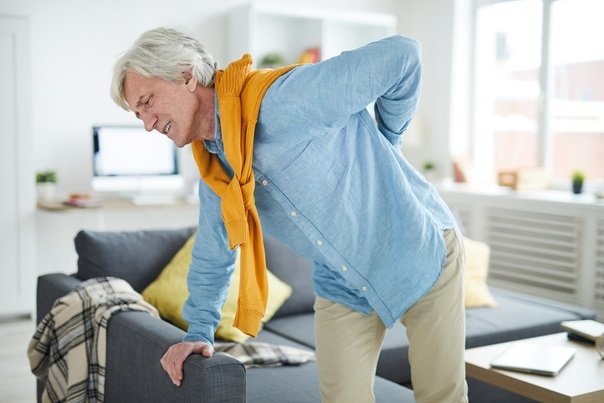
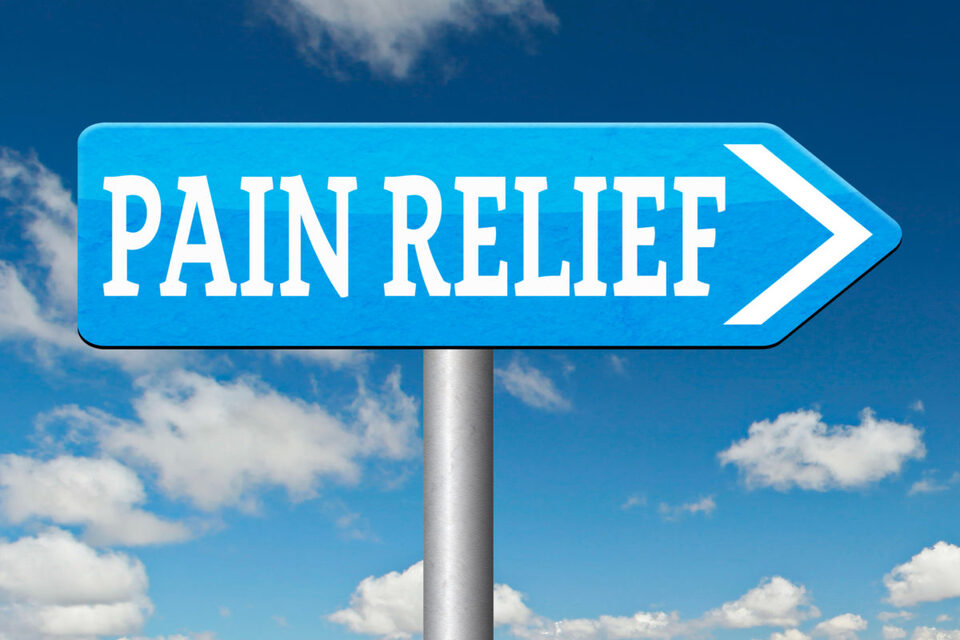


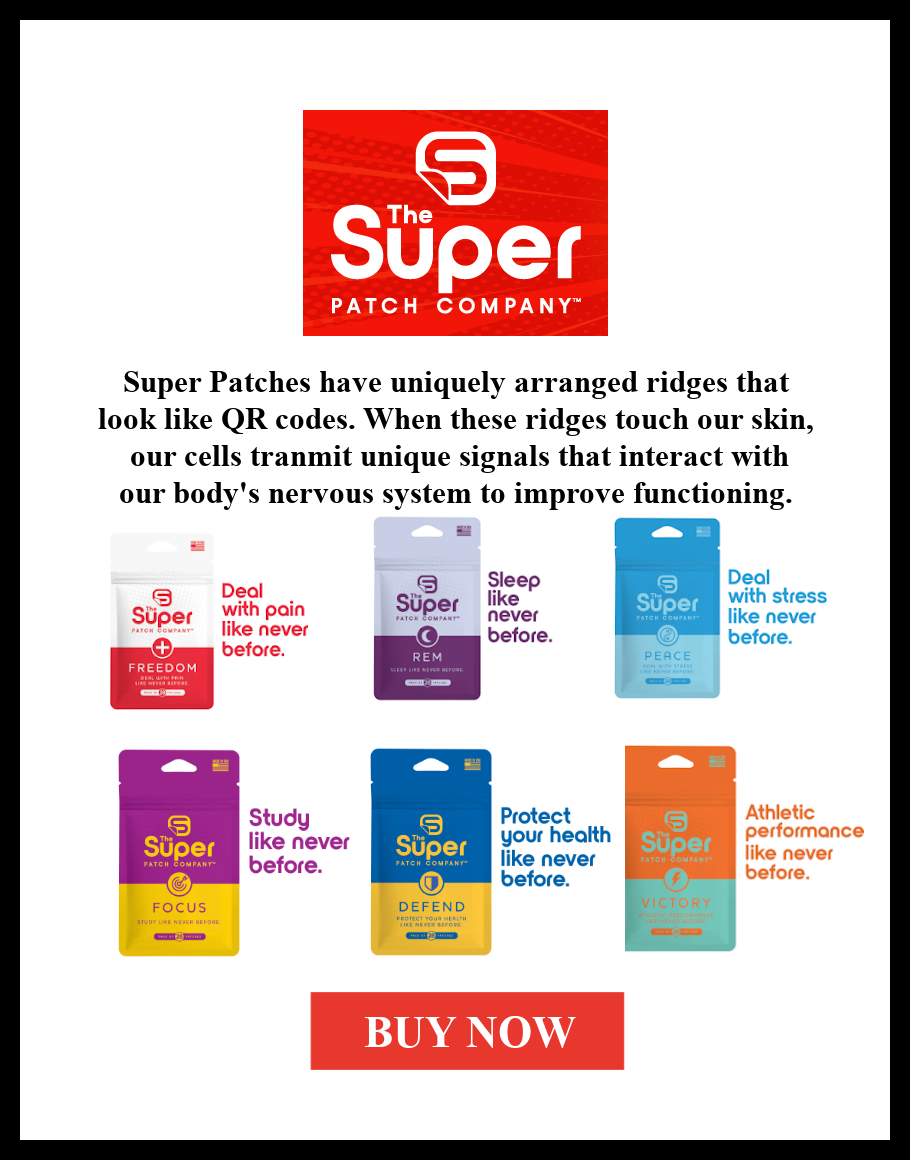




Comments